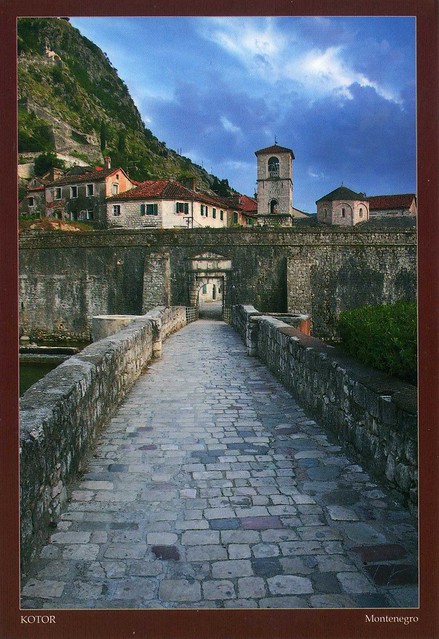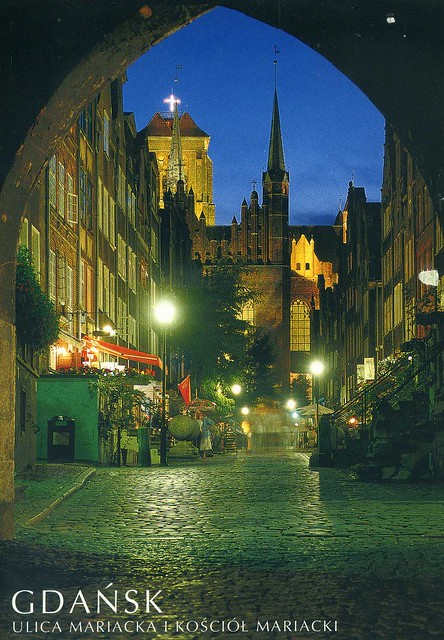
Northern Cyprus or North Cyprus is a self-declared state which officially titles itself the Turkish Republic of Northern Cyprus (Turkish: Kuzey Kıbrıs Türk Cumhuriyeti). Its territory comprises the northeastern part of the island of Cyprus. Only Turkey has recognised its independence, while the international community considers it occupied territory of the Republic of Cyprus.
Tensions between the Greek Cypriot and Turkish Cypriot populations culminated in 1974 with a coup d'état, an attempt to annex the island to Greece and a military invasion by Turkey in response. All these factors resulted in a partitioning of the island, the resettlement of many of its inhabitants, and a unilateral declaration of independence by the north in 1983. Due to its lack of international recognition, Northern Cyprus is heavily dependent on Turkey for economic, political and military support.
Northern Cyprus extends from the tip of the Karpass Peninsula (Cape Apostolos Andreas) in the north east, westward to Morphou Bay and Cape Kormakitis (the Kokkina/Erenköy exclave marks the westernmost extent of the area), and southward to the village of Louroujina/Akıncılar. A buffer zone under the control of the United Nations stretches between Northern Cyprus and the rest of the island and divides Nicosia, the island's largest city and capital of both states.
... I used to have a friend who was a Turkish Cypriot. She was a member of the Aikido club in Wolverhampton I'm still a member of, but she moved away a few years ago. Should I have been cheeky and ask her to send me a postcard when she went back home on holiday?? :P










 Maroon
Maroon 









































































































































































